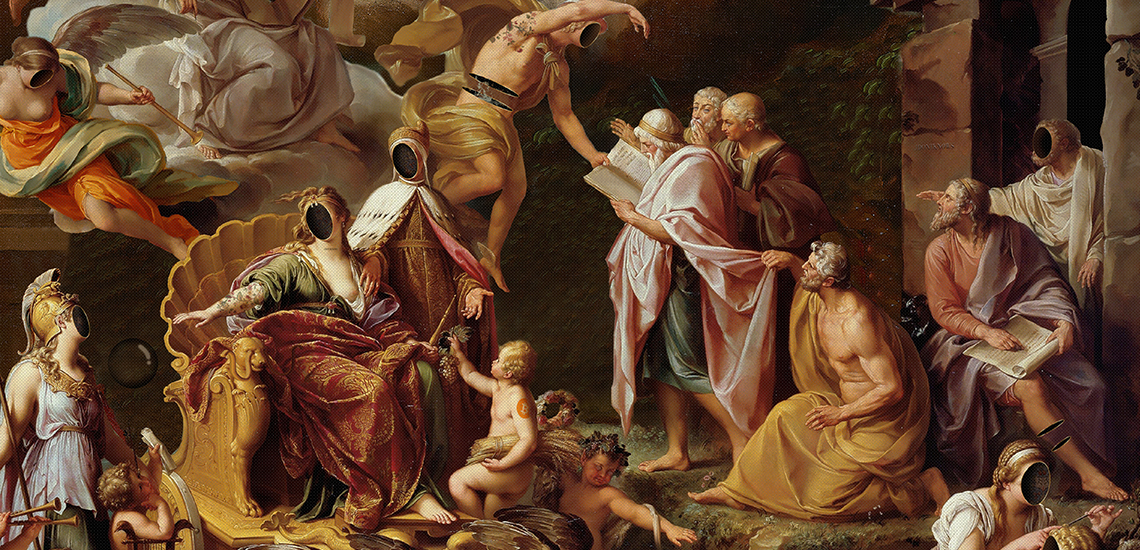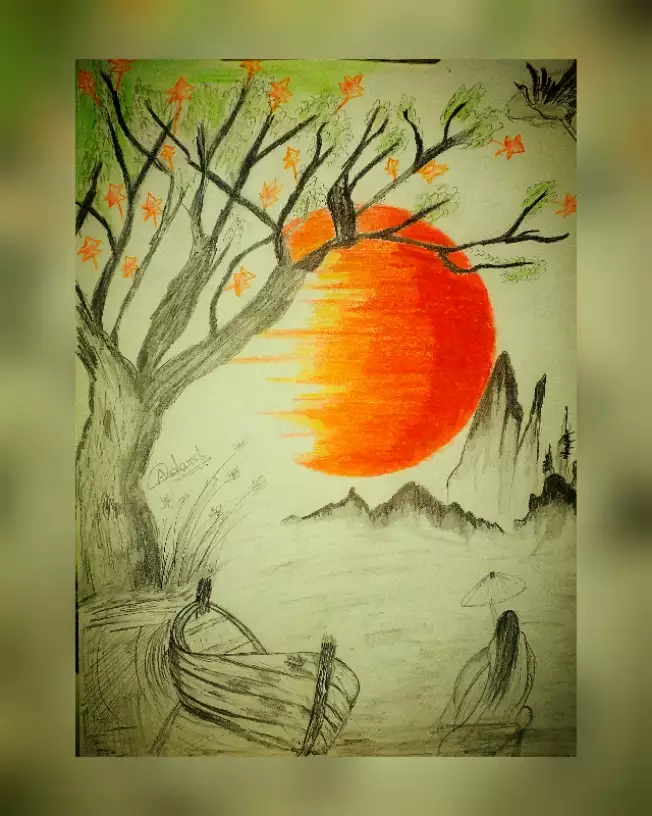Exploring the Diverse World of Artistic Expression: From Surrealism to Abstract Realistic Look
In the realm of artistic expression, from the dreamlike landscapes of surrealism to the complex play of light and kind in abstract realism, artists have actually continually pressed the boundaries of creative thinking and creativity. As we check out the complex world of art, we are presented with a tapestry of styles, methods, and ideologies that challenge our understanding and provoke reflection.
Surrealism: Releasing the Subconscious
Surrealism, a progressive artistic motion of the 20th century, looked into the midsts of the subconscious, revealing a globe of dream-like imagery and unconventional juxtapositions. Pioneered by artists like Salvador Dali, René Magritte, and Joan Miró, Surrealism looked for to test the traditional means of comprehending and seeing art. Through techniques such as automatism and dream analysis, Surrealist artists aimed to use the unconscious mind to expose concealed truths and desires.
One of the essential elements of Surrealism was the emphasis on the irrational and the uncanny. By combining unexpected aspects in their works, Surrealist artists intended to create a feeling of disorientation and shock in the customer. This interruption of logic and factor was indicated to provoke a deeper expedition of the subconscious and the enigmas of the human mind.
Abstract Realism: Redefining Perception
Testing typical creative boundaries, Abstract Realism redefines assumption via the combination of recognizable aspects with abstract forms. This innovative approach to art incorporates the representational precision of realism with the creative liberty of abstraction, providing viewers an unique aesthetic experience that triggers them to question their assumption of truth.
In Abstract Realism, musicians strive to record the essence of their topics while likewise infusing their deal with a sense of deepness and complexity via abstract aspects. By mixing the accustomed to the strange, these artists welcome audiences to involve with their pieces on numerous levels, urging them to check out the subtleties of color, appearance, and form.

Cubism: Fragmenting Reality
Making use of fragmented perspectives and geometric types, Cubism changed the artistic depiction of fact in the early 20th century. Established by Pablo Picasso and Georges Braque, Cubism sought to test conventional concepts of viewpoint and representation. By breaking down items and numbers into geometric shapes and presenting them from numerous perspectives all at once, Cubist musicians aimed to catch the significance of the subject as opposed to its literal appearance. This approach not only deconstructed truth however additionally emphasized the flatness of the canvas, paving the method for future abstract art activities.

Cubism can be classified right into 2 primary phases: Analytical Cubism, defined by single color pattern and complex, fragmented types; and Artificial Cubism, which integrated collage aspects and brighter colors into the compositions. Through these distinct stages, Cubism affected not only paint however likewise sculpture, design, and architecture. trump art. Its effect reverberated across the art globe, motivating musicians to explore new ways of translating and representing the world around them
Expressionism: Emotions on Canvas
Discovering the midsts of human emotions via expressive and dazzling brushstrokes, Expressionism became an extensive creative movement in the very early 20th century. Unlike previous art movements that concentrated on portraying the find out here external world, Expressionism delved right into the internal world of the musician's mind, intending to stimulate raw emotions and prompt visceral actions from viewers.
Expressionist musicians, such as Edvard Munch, Egon Schiele, and Emil Nolde, rejected standard notions of appeal and realism in favor of misshaping form and shade to convey subjective feelings. The usage of exaggerated brushwork, strong shades, and distorted numbers aided create a sense of worry, alienation, or passion in their works.
Among the most well-known instances of Expressionism is Munch's "The Scream," which captures the intense stress and anxiety and anguish of modern-day life with its swirling, altered figure against a blood-red sky. Via their psychologically charged works, Expressionist artists sought to test conventional creative standards and provide a window into the stormy depths of the human soul.
Contemporary Art: Progressing Viewpoints

One of the defining attributes of modern art explanation is its constant evolution and capability to adapt to transforming social landscapes. Musicians are increasingly incorporating innovation right into their technique, obscuring the lines in between the physical and electronic worlds. This fusion of mediums allows for ingenious methods of storytelling and engaging with audiences in a much more interactive way.
In addition, modern art usually offers as a system for social discourse, attending to pushing problems such as identification, national politics, and the atmosphere. Artists are using their work to spark important conversations and provoke idea, dropping light on the intricacies of the world we live in. As perspectives remain to develop, click over here contemporary art continues to be a influential and dynamic pressure in shaping our social landscape.
Verdict
Finally, the world of artistic expression encompasses a wide variety of movements and designs, each with its very own special technique to conveying definition and feeling. From surrealism's expedition of the subconscious to abstract realism's redefining of perception, and from cubism's fragmentation of fact to expressionism's portrayal of emotions, art proceeds to progress and challenge point of views - trump art. Contemporary art shows the ever-changing world we stay in, providing new means to translate and understand the intricacies of our reality
As we discover the diverse globe of art, we are provided with a tapestry of styles, strategies, and approaches that challenge our understanding and prompt contemplation. Its influence reverberated throughout the art world, motivating artists to discover new means of translating and representing the world around them.
